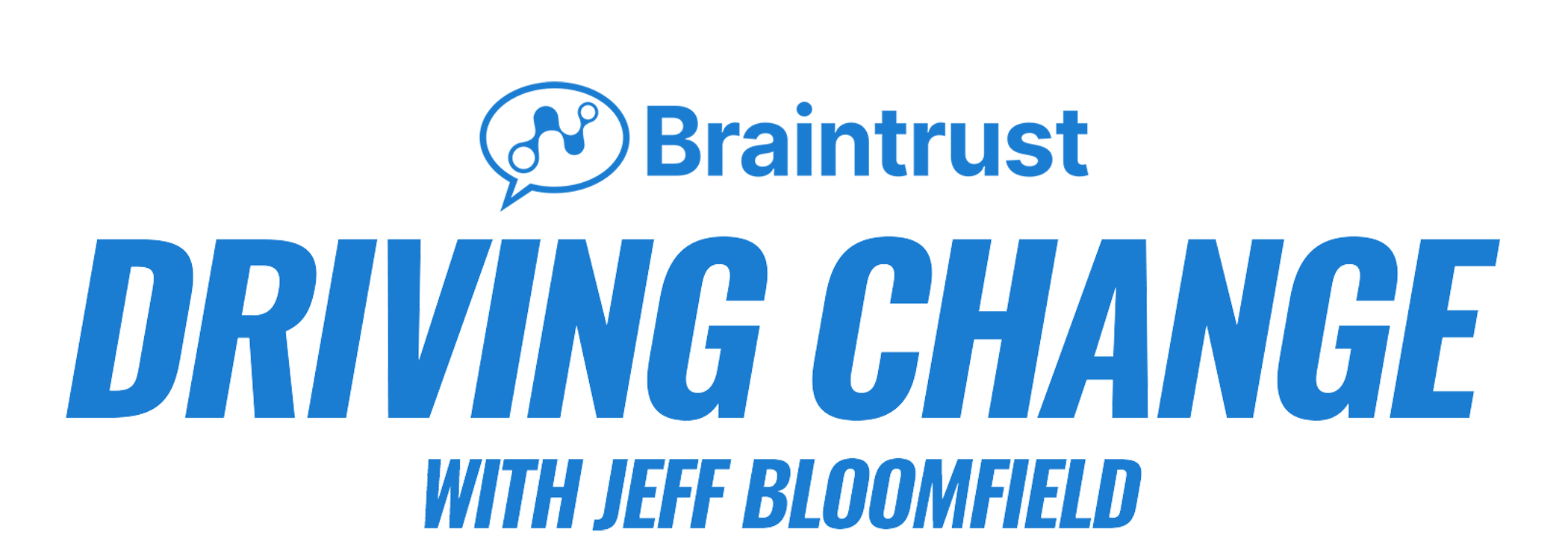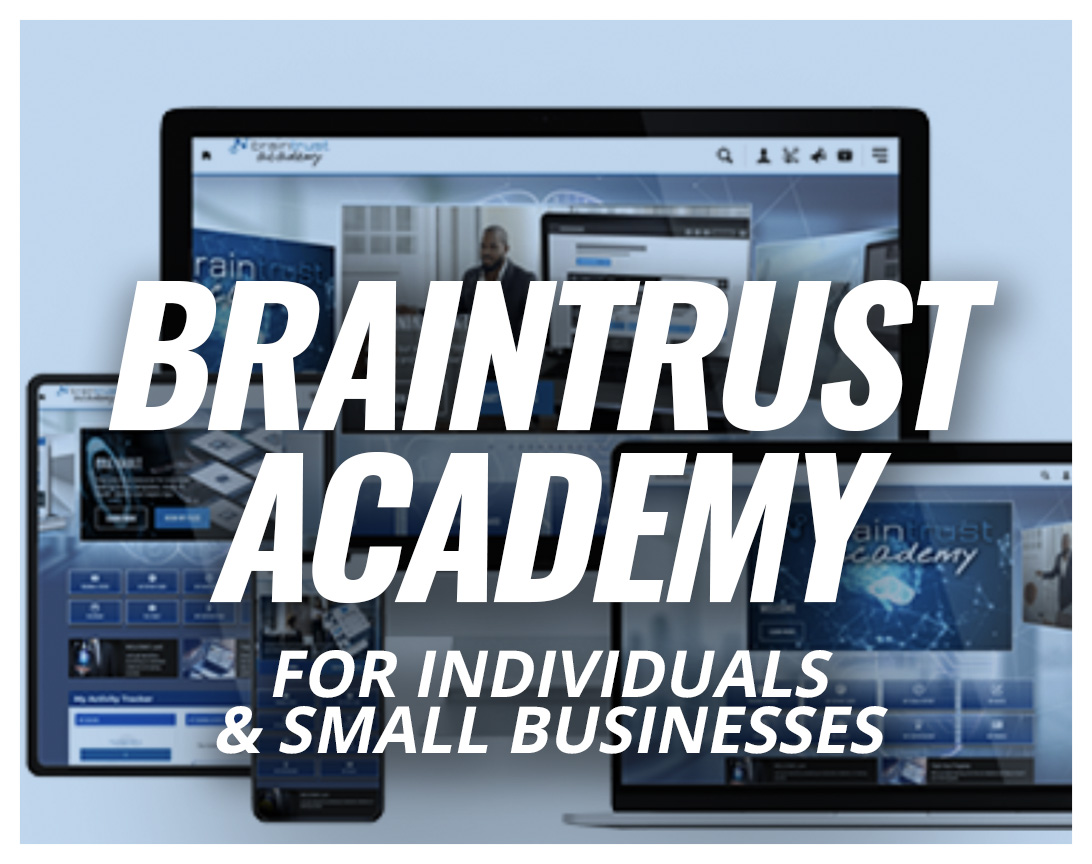From Classrooms to Boardrooms - Part 1
Written by Drew Watson
5 Min Read
Signing nurse passes.
“He’s looking at me weird!”
Complaining parents.
When we think of what classroom teachers go through on a daily basis, it may seem like their world is a million miles from what a typical corporate worker experiences. At least, that was what I thought before I switched careers from a corporate leader to a 6th-grade Engineering teacher.
Instead, I found that the communication and planning skills teachers use daily are amazingly useful to others outside the teaching profession! Think of it this way – adolescents are the ultimate litmus test for communication. Said differently, if you can communicate with a pre-teen, you can communicate with anyone.

The essence of a teacher’s job and livelihood is the ability to communicate effectively and generate behavior change, often with others who are not wanting to change or even listen. However, throughout the years, the teaching profession has developed tried-and-true methods to help prepare for, execute, and reinforce communication and learning that other professions can reapply to truly level-up communication.
Over the course of a few posts, I’ll be sharing some of the lessons I learned when jumping into the teaching profession that I wish I’d known as a corporate leader!
Concept 1: Start With The End
As you may know, teachers are required to connect every lesson throughout the year to a list of “standards” agreed upon at the State level. When teachers arrive in August, this updated list is available to them, and they start to plan out their entire year to ensure every one of the priority standards will be taught and checked for students’ understanding and then re-taught if necessary. For me, it was a bit overwhelming to think about where my 130 kids needed to be in May, before I had even met any of them yet! However, by the time kids arrived for the first day of school, I had a plan in place of how I’d get them from knowing nothing about Engineering to being able to show their knowledge at the end of the school year, meeting every required State Standard.
It would be incorrect to say that people don’t plan ahead in the corporate world. Millions of people-hours are spent each year on business strategies and forecasts to try and guide organizations to go where the leaders want. However, how often have we encountered the following from an organizational standpoint?
- Most people, including the leader, show up to many meetings un- or under-prepared
- “Town Halls” that end up being a disaster when someone asks a question that throws the leadership for a loop
- Organizational changes or transitions are mishandled, leaving people feeling left out or undervalued
- (Insert your own story of corporate unpreparedness…there are literally thousands)
The most tragic part, however, is that all of these scenarios are avoidable.
In the teaching world, it’s abundantly clear what the endpoint will be when the school year starts. Not only is this clear to the school administration and teachers, but via a syllabus, the students know what they’ll learn and when throughout the school year. How many times in the corporate world do we not even understand the end goal of what we do each day and how those ladder up into the company’s goals?
The antidote is easy to understand but difficult to implement. Simply writing, communicating, and aligning the goals for your workgroup, company, and yourself can be one of the most powerful things you can do to enable and energize those you work with. However, getting to the point of clear written goals is no easy task,
Importantly, this process is slightly different from the teacher’s syllabus that inspired it. Just “laying down the law” and articulate the endpoint to your employees won’t work; it will take a coaching climate that encourages a lot of listening and patience to understand your employees’ goals as well so that you can ensure that there’s a connection between what they’re working on and what the company wants. You may find during this process that others are thinking of the company’s direction much differently; this will require more rounds of discussion and alignment to come to a truly shared vision.
After alignment, these goals MUST be implemented into each employee’s work plan for full role clarity!
Here are a few takeaways and actions you can use to help lead like a teacher in your own personal work situation:
Key Concepts:
- Know where you want to end before you start
- Communicate this endpoint to your team and ensure everyone has the same vision
Actions to Take:
- Physically type or write your most important goals for the:
- fiscal year
- quarter
- week
- upcoming meeting
- difficult project or transition ahead
- Have conversations with a trusted group of coworkers for feedback, then share with the impacted work group(s) to discuss and gain alignment
- Include these large, then small, goals in your and each employee’s written work plans
I’ll be sharing Part 2 of this series in the coming weeks – in the meantime, I’d love any input you have or any stories about how it goes when you try out some of these tools!




